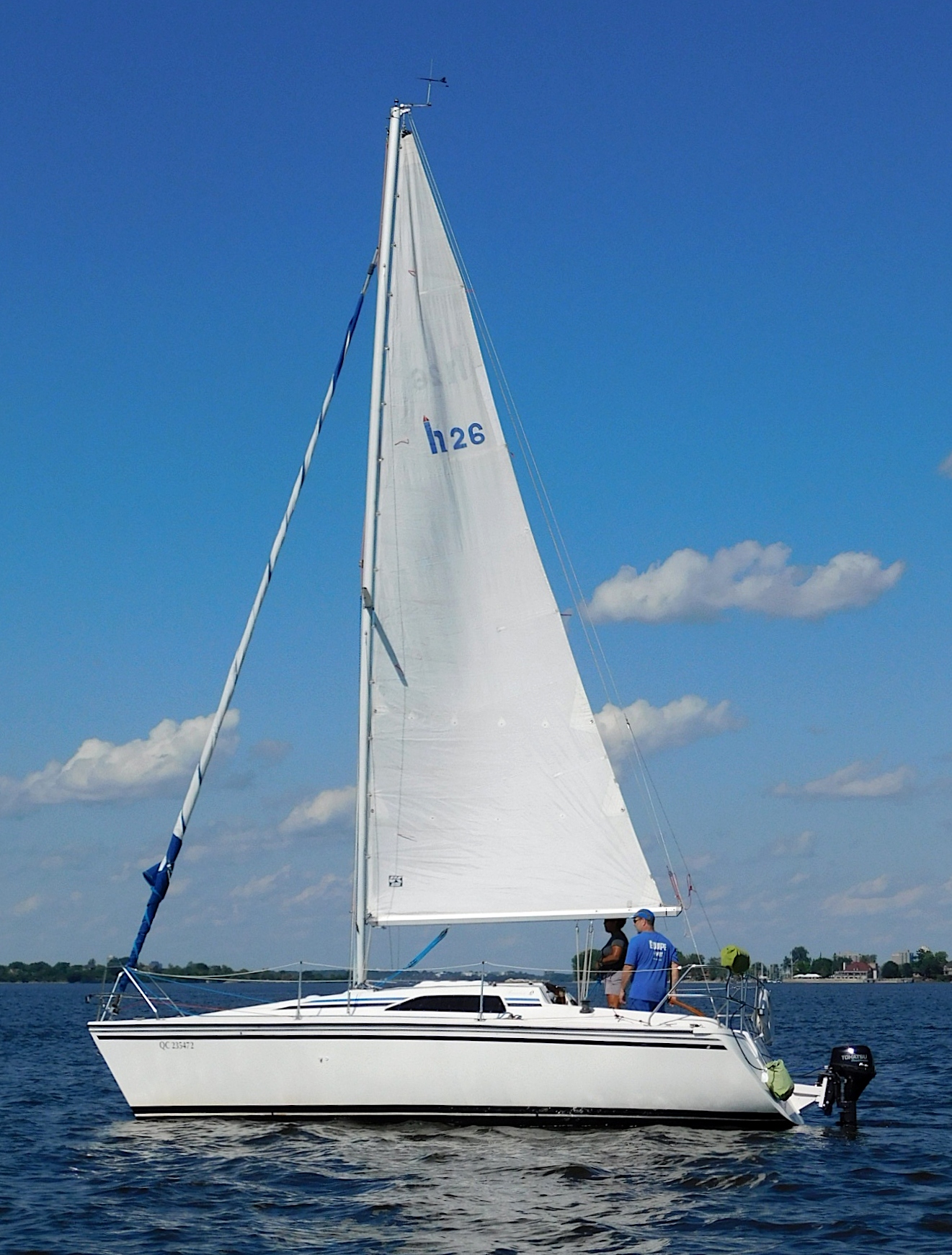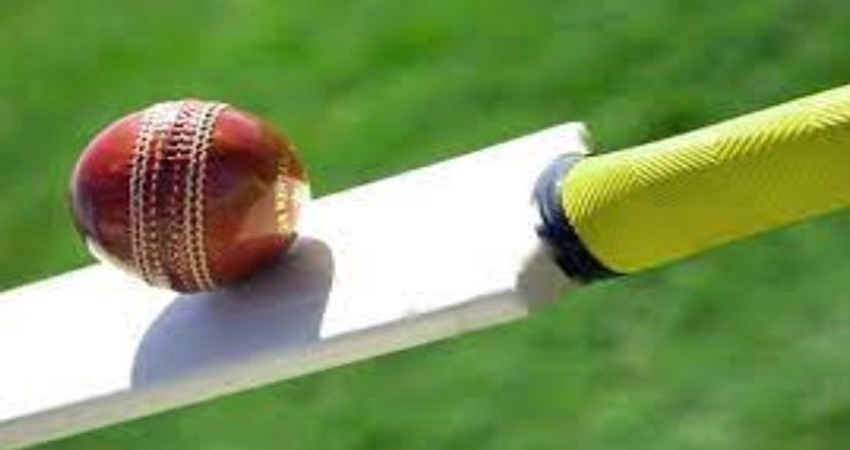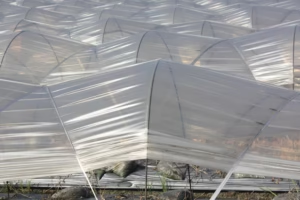Everything You Need to Know About Hunter 26.5 Sails
Introduction to the Hunter 26.5 Sailboat
A Brief History of the Hunter 26.5
The Hunter 26.5 sails made waves in the late 1980s and early 1990s as an affordable, trailerable cruiser that didn’t compromise on sailing performance. Built by Hunter Marine, this compact yacht boasts a modern underbody, a fractional rig, and a surprisingly roomy interior—all in under 27 feet.
Why It’s a Favorite Among Weekend Sailors
What draws sailors to the Hunter 26.5 is its simplicity combined with versatility. Whether you’re day sailing, coastal cruising, or racing in club regattas, the boat handles well, is easy to rig, and offers enough power to keep things exciting.
Understanding the Hunter 26.5 Rigging and Sail Plan
Standard Rig Configuration
The Hunter 26.5 features a fractional sloop rig with a 7/8 configuration. This means the forestay doesn’t reach the top of the mast, which improves control over the mainsail and reduces weather helm.
Sail Area and Dimensions
With around 300 square feet of total sail area, the Hunter 26.5 strikes a good balance for light to moderate wind conditions. The mainsail carries the bulk of the area, supported by a smaller headsail.
Types of Sails Used on the Hunter 26.5
Mainsail Design and Options
The standard mainsail is typically made of durable Dacron and features a full batten design, which helps maintain shape in varying wind conditions. Sailors often upgrade to loose-footed mains for better control and performance.
Jib vs. Genoa: Which Is Better?
While a standard jib offers ease of handling, a 135% genoa provides more power in light air. Many sailors keep both and switch based on wind conditions and crew availability.
Spinnakers and Downwind Sails
For downwind sailing, the Hunter 26.5 handles asymmetrical spinnakers very well. These sails add a ton of fun and speed when the wind is at your back.
Performance Factors Affected by Sail Choice
Windward Performance
A properly cut sail can drastically improve your ability to point closer to the wind. Sail shape, leech tension, and draft position are all critical elements.
Sail Trim and Balance
Balanced sail trim ensures smoother sailing and reduces rudder drag. The Hunter 26.5 responds well to small tweaks, especially in gusty conditions.
Impact on Speed and Stability
Poorly maintained or stretched sails reduce speed and increase heel. Investing in quality Hunter 26.5 sails not only boosts performance but adds to your safety on the water.
Materials Used in Hunter 26.5 Sails
Dacron vs. Laminate Sails
Dacron remains the go-to for most cruisers due to its durability and affordability. Laminate sails offer better shape retention but at a higher cost and lower lifespan.
Pros and Cons of Different Sail Fabrics
| Material | Pros | Cons |
| Dacron | Durable, inexpensive | Heavier, less responsive |
| Laminate | Light, holds shape well | Expensive, prone to delam |
| Composite | Balanced performance | Custom-made, costly |
Upgrading Your Hunter 26.5 Sails
When to Replace Your Sails
If your boat’s struggling to point or you notice baggy sail shapes and frayed edges, it’s probably time to upgrade. Sails lose their efficiency long before they completely fail.
Custom vs. Off-the-Shelf Sails
Custom sails tailored to the Hunter 26.5’s dimensions and your sailing style deliver the best results. However, off-the-shelf sails are budget-friendly and suitable for casual sailors.
Sailmakers to Consider
Notable sailmakers for the Hunter 26.5 include North Sails, Quantum, Ullman, and Precision Sails. Local lofts can also offer personalized service.
Tips for Maintaining Hunter 26.5 Sails
Cleaning and Storage
Rinse your sails with fresh water after salty outings, and store them dry and rolled—not folded—to prevent creases and mildew.
UV Protection and Covers
Use UV covers for headsails on roller furlers, and consider mainsail covers to protect from sun damage, which can degrade fabric over time.
Annual Inspection Checklist
- Check stitching for loose threads
- Inspect leech and foot for wear
- Examine battens and pockets
- Look for delamination in laminate sails
Common Problems and Fixes
Sail Stretching
Over time, even the best sails stretch. A recut by a sailmaker can often restore shape, extending their life by a few seasons.
Battens and Stitching Issues
Broken battens or popped seams can be repaired quickly. Regular inspections help catch these early before they cause bigger issues.
The Cost of Hunter 26.5 Sails
Budgeting for New Sails
Expect to pay anywhere from $1,000–$3,000 for a new set of Hunter 26.5 sails, depending on the material, customization, and accessories.
Buying Used vs. New
Used sails can be a cost-effective option, but check for shrinkage, wear, and UV damage. Always buy from reputable sources and sail exchanges.
Conclusion
The Hunter 26.5 is a versatile, spirited sailboat that shines when matched with well-designed, properly maintained sails. Whether you’re cruising your local bay or entering weekend races, having the right Hunter 26.5 sails makes all the difference. From choosing the right sail type and material to performing regular maintenance, your sails are your boat’s engine—and they deserve just as much care.













